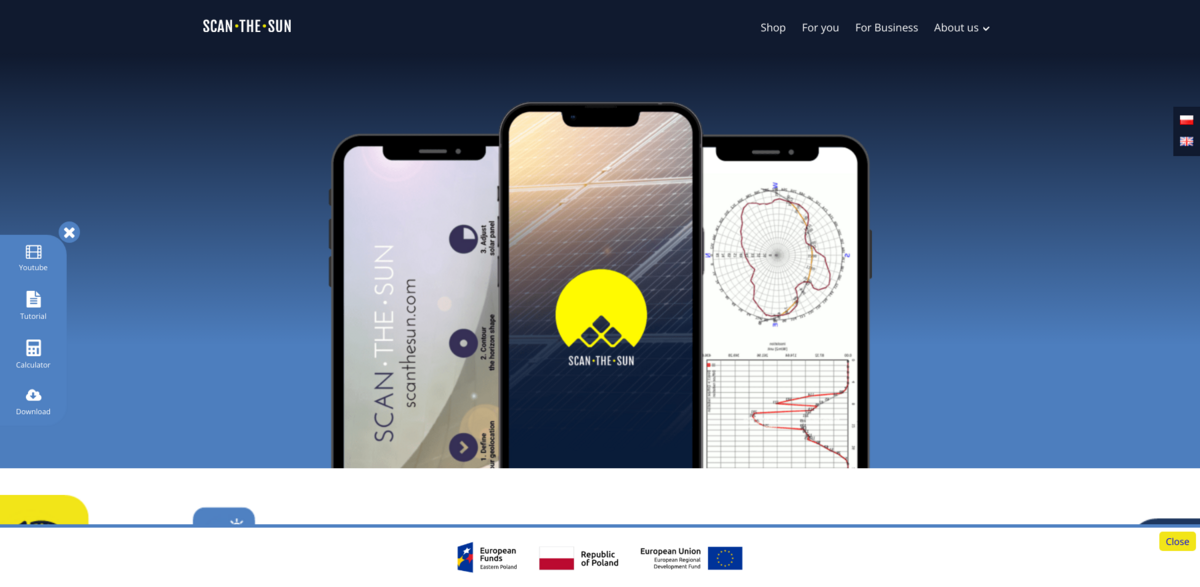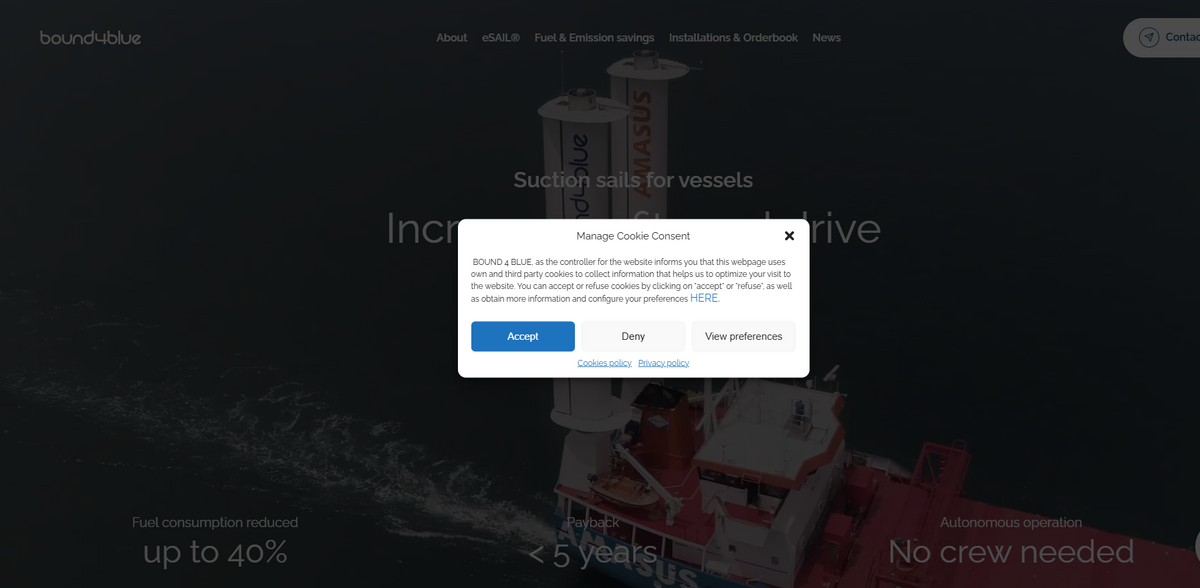Introduction to the ScanTheSun Project
One Mobile Application, up to 35% more energy – that’s the promise of ScanTheSun. This innovative solution allows any user to create a photovoltaic installation project right on their smartphone in just one minute. By combining satellite and on-site data from the built-in smartphone sensors, the project transforms how solar installations are planned, offering a streamlined and scientific approach to harnessing renewable energy. Imagine a world where designing a solar installation isn’t reserved for experts, but accessible to anyone… and that’s exactly what ScanTheSun delivers.
Main Benefits of Using ScanTheSun
ScanTheSun is all about efficiency and cost reduction. The benefits are clear-cut and impactful:
- Reduction of installation costs and a shortened investment payback period.
- Optimal arrangement of panels in the direction with the most sunlight.
- Minimization of shading impacts caused by surrounding trees and buildings.
- Provision of design recommendations and key information for a superior solar installation project.
Solar Energy Map and Panel Arrangement
The project includes a comprehensive Solar Energy Map – a detailed visualization of solar energy distribution across the property, highlighting areas with the highest potential for energy gain. Alongside this, the panel arrangement feature offers a tailored proposal for the placement of photovoltaic panels on a building. By carefully evaluating obstacles such as chimneys, windows, and other structures, ScanTheSun minimizes investment costs by allowing the selection of the number of photovoltaic panels most suited to each project. The design proposals ensure that the solar panels are placed in spots where maximum energy yield is expected, making sure that every inch of available space is optimally utilized.
Forecasting Energy Yield and Atmospheric Conditions
One of the standout aspects of ScanTheSun is its Energy Yield Forecast. This tool predicts the energy output from the planned solar installation with impressive accuracy – forecasted yield for the entire year, individual seasons, or even specific months. Whether the focus is on total energy yield or yield per square meter of surface, the forecasted power in hourly terms is meticulously detailed for every month, taking into account even the shading hours. Complementing this, atmospheric conditions are seamlessly integrated into the project data through NASA satellite information, allowing for a realistic estimation of how local weather will affect the installation’s performance. This attention to scientific accuracy means that users get a forecast they can trust, mixing state-of-the-art technology with practical, easy-to-understand results.
Efficiency, Optics, and Sunshine Hours Insight
With a clear focus on boosting efficiency, ScanTheSun also examines panel efficiency and optics – crucial factors that play a significant role in the overall energy yield of any solar system. The impact of panel quality is weighed against local installation specifics to ensure that the highest standards of performance are met. Additionally, the tool measures sunshine hours and shading hours for different parts of the building, ensuring that every part of the property receives the right amount of sunlight. This integration of diverse data points not only provides a more reliable prediction but also helps in optimizing the position of the panels according to the natural light availability. It’s a process where scientific measurement meets user-friendly technology, resulting in a dynamic plan that works in real conditions.
Optimal Positioning and Minimizing Shading
When it comes to solar installations, the best direction for panels is paramount. ScanTheSun delivers detailed recommendations on this front, guiding the alignment of solar panels on ground installations or on various parts of a building. By factoring in the influence of the installation environment – including terrain shape, neighboring buildings, and trees – the tool ensures that shading impacts are minimized. With this information at hand, users get a clear strategy designed to maximize energy capture, even in densely built or wooded areas. The straightforward, science-based guidance makes it almost effortless to achieve the most optimal orientation for solar panels.
Project Impact and Sustainable Development Goals
- SDG 7: Affordable and Clean Energy – enhancing energy efficiency and reducing costs through smart solar solutions.
- SDG 9: Industry, Innovation, and Infrastructure – driving innovative approaches in renewable energy installation and analysis.
- SDG 11: Sustainable Cities and Communities – contributing to better urban planning with efficient solar energy use.
- SDG 13: Climate Action – supporting global efforts to reduce carbon emissions with precise renewable energy planning.
Advanced Technology on Your Smartphone
Imagine downloading an app that empowers users to design the most optimal photovoltaic installation on their rooftop using scientific methods and precise measurement data obtained directly from smartphone sensors. This is what ScanTheSun is all about – a revolutionary tool that leverages advanced technology to assess and optimize solar installation efficiency by up to 35%. It provides a comprehensive solar installation report in as little as two to three minutes without requiring advanced technical knowledge or complicated instrumentation. By deploying a science-based approach that integrates shading analysis, NASA satellite data, and smart sensor measurements, ScanTheSun transforms the way photovoltaic projects are planned. It’s dynamic, engaging, and remarkably accessible, turning complex data into simple, actionable insights. Whether in an urban setting or a more challenging environment with significant shading, the tool ensures that every solar installation is backed by thorough analysis and precise scientific input… making the future of energy both bright and efficient.





















